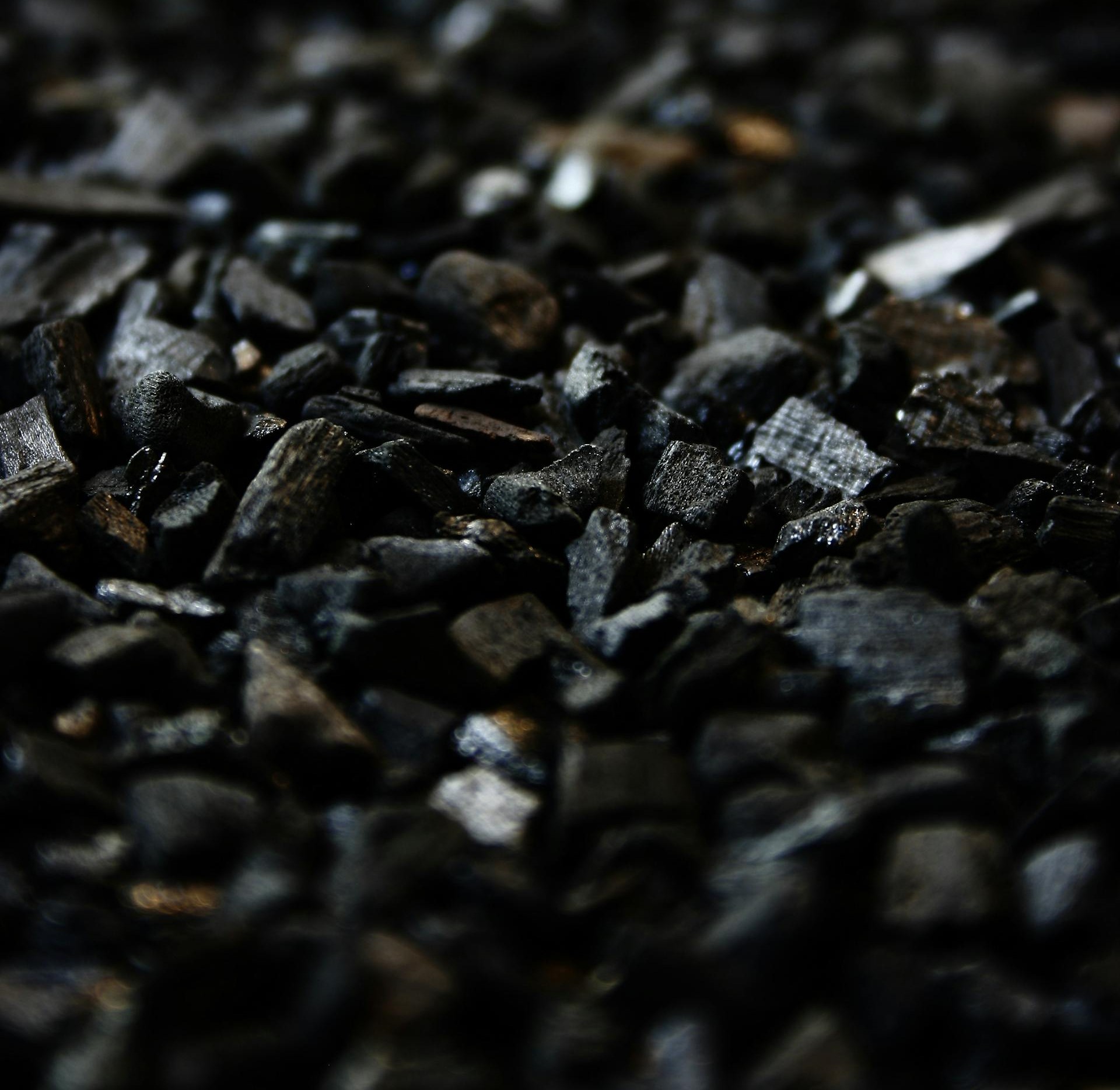Activated Carbon Biochar: A Sustainable Solution for Environmental Challenges
Understanding Activated Carbon Biochar
Activated carbon biochar is a type of carbon-rich material derived from organic biomass, such as agricultural waste, wood chips, or other plant-based materials. This biochar undergoes activation processes that enhance its adsorptive properties, making it highly effective in various environmental applications. The combination of biochar and activated carbon technologies offers a sustainable solution for addressing pollution, soil health, and climate change.
The Basics of Biochar
Biochar is produced through pyrolysis, a process that involves heating organic material in the absence of oxygen. This process not only stabilizes the carbon content but also results in a porous structure that can retain water and nutrients. Biochar’s primary benefits include:
- Soil Amendment: Enhancing soil fertility and structure.
- Carbon Sequestration: Capturing and storing carbon dioxide from the atmosphere.
- Pollution Mitigation: Adsorbing pollutants from water and soil.
Activation of Biochar
Activation of biochar involves further processing to increase its surface area and porosity. This can be achieved through physical methods (using gases like steam or carbon dioxide) or chemical methods (using activating agents like potassium hydroxide or phosphoric acid). The resulting activated carbon biochar exhibits superior adsorptive capabilities, making it ideal for:
- Water Purification: Removing contaminants such as heavy metals and organic pollutants.
- Air Filtration: Adsorbing volatile organic compounds (VOCs) and other airborne pollutants.
- Soil Remediation: Binding and neutralizing harmful substances in the soil.
Production Methods of Activated Carbon Biochar
Pyrolysis Process
The pyrolysis process is the foundation of biochar production. It involves heating biomass at temperatures typically between 400°C and 700°C in an oxygen-limited environment. The key stages of pyrolysis include:
- Drying: Removing moisture from the biomass.
- Decomposition: Breaking down complex organic molecules into simpler compounds.
- Carbonization: Converting the remaining material into a stable form of carbon.
Activation Techniques
Physical Activation
Physical activation involves treating biochar with oxidizing gases at high temperatures. This process creates a highly porous structure by removing volatile compounds and increasing the surface area. Common physical activation methods include:
- Steam Activation: Steam is used to oxidize the biochar at temperatures around 800 °C to 1000°C.
- Carbon Dioxide Activation: Using CO2 to create porosity in the biochar at temperatures above 900°C.
Chemical Activation
Chemical activation involves impregnating the biochar with chemical agents before heating. This method typically requires lower temperatures (around 450°C to 900°C) compared to physical activation. Common activating agents include:
- Potassium Hydroxide (KOH): Producing a highly porous structure with a large surface area.
- Phosphoric Acid (H3PO4): Enhancing the biochar’s adsorptive properties while being less corrosive.
Applications of Activated Carbon Biochar
Water Purification
Activated carbon biochar is highly effective in water purification and is capable of removing a wide range of contaminants. Its porous structure allows it to adsorb heavy metals, pesticides, pharmaceuticals, and organic pollutants from water sources. Key benefits include:
- Improved Water Quality: Ensuring safe drinking water by removing harmful substances.
- Cost-Effectiveness: Offering an affordable alternative to conventional water treatment methods.
- Sustainability: Providing a renewable and environmentally friendly solution.
Air Filtration
The ability of activated carbon biochar to adsorb gases and odors makes it an excellent choice for air filtration. It can be used in various settings, including industrial facilities, homes, and vehicles, to remove pollutants such as:
- Volatile Organic Compounds (VOCs): Emitted from products like paints, cleaners, and solvents.
- Odors: Neutralizing unpleasant smells from waste, cooking, and tobacco smoke.
- Toxic Gases: Capturing harmful substances like ammonia and sulfur dioxide.
Soil Remediation
Activated carbon biochar plays a crucial role in soil remediation by adsorbing and immobilizing pollutants. Its application in contaminated sites helps:
- Reduce Toxicity: Lowering the concentration of harmful substances in the soil.
- Enhance Soil Health: Improving soil structure and fertility by adding stable carbon.
- Promote Plant Growth: Providing a healthier environment for plants by mitigating pollutant impact.
Environmental Benefits of Activated Carbon Biochar
Carbon Sequestration
One of the most significant environmental benefits of activated carbon biochar is its ability to sequester carbon. By converting biomass into a stable form of carbon, biochar can lock away carbon dioxide for centuries, helping mitigate climate change. Key points include:
- Long-Term Storage: Stabilized carbon remains in the soil for extended periods.
- Reduced Greenhouse Gases: Lowering atmospheric CO2 levels through sustainable practices.
Waste Management
The production of activated carbon biochar from organic waste contributes to effective waste management. By recycling agricultural residues, forestry by-products, and other biomass, biochar production reduces the burden on landfills and minimizes waste-related emissions. Benefits include:
- Resource Utilization: Turning waste into valuable products.
- Lower Methane Emissions: Reducing methane release from decomposing organic matter.
Soil Health and Productivity
Activated carbon biochar enhances soil health and productivity by improving soil structure, water retention, and nutrient availability. Its benefits for agriculture include:
- Increased Crop Yields: Providing a fertile growing environment.
- Improved Water Management: Enhancing soil’s ability to retain moisture.
- Nutrient Retention: Reducing nutrient leaching and promoting plant growth.
Challenges and Considerations
Production Costs
The production of activated carbon biochar can be costly, particularly when using chemical activation methods. The expenses associated with raw materials, energy consumption, and activation agents must be carefully managed to ensure economic feasibility.
Quality Control
Ensuring consistent quality in activated carbon biochar production is essential for its effectiveness in various applications. Factors influencing quality include:
- Feedstock Selection: The type and quality of biomass used.
- Production Parameters: Temperature, time, and activation conditions.
- Post-Processing: Handling and storage of the final product.
Market Acceptance
While the benefits of activated carbon biochar are well-documented, widespread market acceptance requires awareness and education. Promoting the advantages of biochar and its applications can help drive adoption in agriculture, industry, and environmental management.
Future Prospects of Activated Carbon Biochar
Technological Advancements
Ongoing research and development in biochar production technologies hold promise for improving efficiency and reducing costs. Innovations in pyrolysis and activation processes can lead to:
- Enhanced Performance: Developing biochar with superior adsorptive properties.
- Cost Reduction: Lowering production expenses through optimized methods.
Policy Support
Government policies and incentives can play a vital role in promoting the use of activated carbon biochar. Supportive measures include:
- Subsidies and Grants: Encouraging investment in biochar production.
- Regulatory Frameworks: Establishing standards and guidelines for biochar applications.
Market Expansion
The demand for sustainable and environmentally friendly solutions is driving the market expansion of activated carbon biochar. Potential growth areas include:
- Agricultural Applications: Enhancing soil health and productivity on a larger scale.
- Environmental Remediation: Addressing pollution in diverse settings.
- Commercial Use: Integrating biochar in products like filters and construction materials.
Conclusion
Activated carbon biochar is a powerful tool in the fight against environmental challenges. Its ability to purify water, filter air, remediate soil, and sequester carbon positions it as a key component of sustainable practices. By harnessing its benefits, we can make significant strides toward a cleaner, healthier, and more sustainable future.

